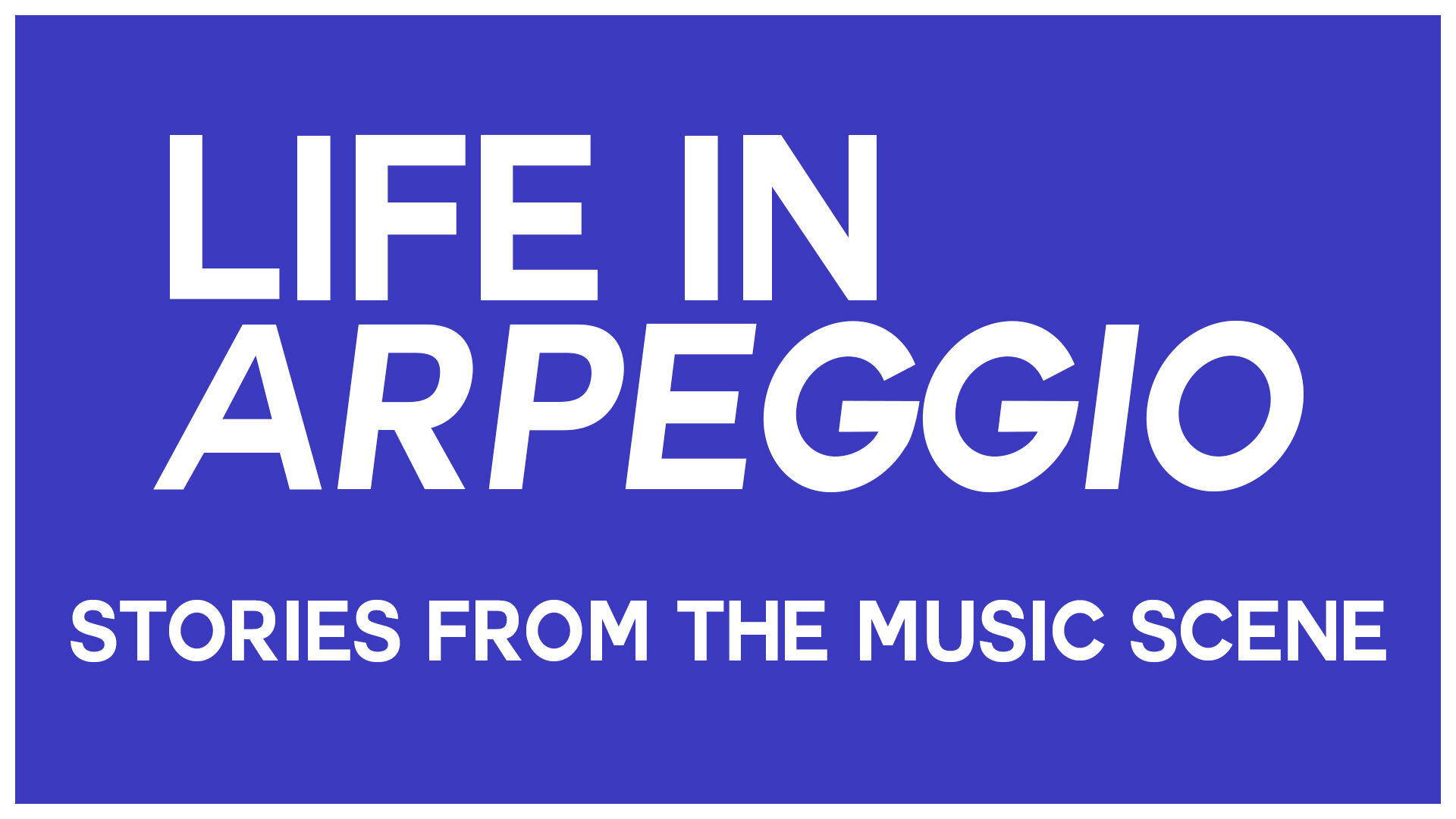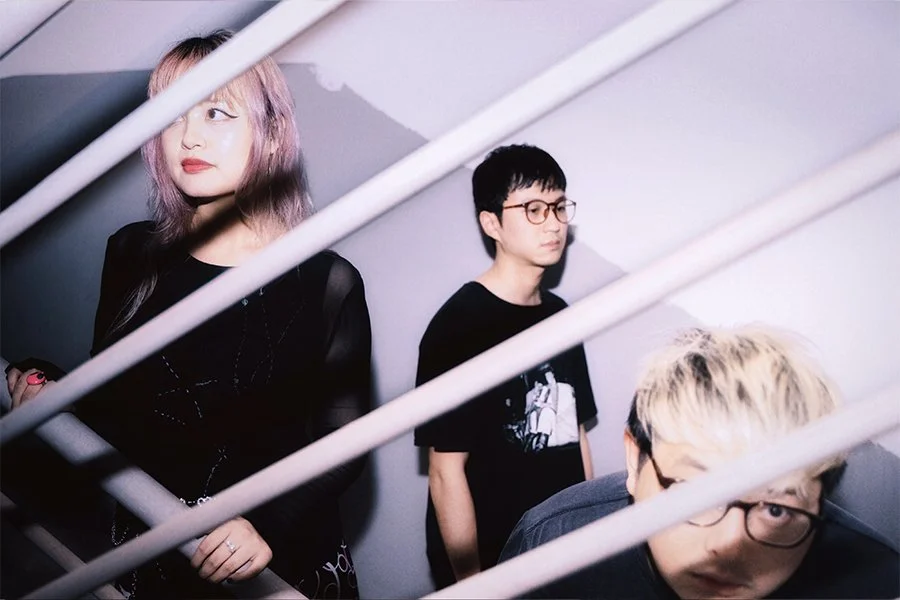5 Things That Kept The Local Music Scene Going In The Turmoil Of 2020
Boy, what a year (Credit: Pexels, Cherry Discotheque, Big Duck, Baybeats)
Let’s not mince words. 2020 has been a shitty year for the Singaporean music scene, just like its counterparts all around the world. But despite being battered by a volley of bad news since the Circuit Breaker hit in April, it hasn’t completely crumbled either. I’d like to believe that its decimation has been stalled by a robust community spirit, a gumption to traverse the uncharted, and a shared sense of optimism across numerous sectors within the scene. Altogether, it’s assembled a silver lining that’s far from thin, but formidable in the face of a new, unpredictable year.
Preventing the scene’s descent into oblivion, here are five things that kept it going in the turmoil of 2020.
Stagnancy was out of the question for numerous institutions in the scene (Credit: The Council)
The resolve to try new things
Instead of wallowing in misery and waiting for the tide to turn, local clubs and promoters kept busy to stay invigorated in these dreadful times. With the perpetual slog of the Circuit Breaker and insufficient clarity on the resumption of events for months, many took it upon themselves to pivot into new areas or take on new endeavours. We’ve had a superclub like Zouk transform into a cinema and spin studio, and institutions like Headquarters, Nineteen80 and Cherry Discotheque that morphed into snack bar concepts. Beyond the clubs, record labels pushed the boundaries, like Syndicate setting up a light installation at a hawker centre, Midnight Shift putting out a fashion line with DEAD INSIDE, and Ujikaji launching a radio series with The Observatory. It’s been heartening to see these veterans refrain from throwing in the towel, and it’s helped boost the morale of the scene.
The rising reliance on technology
The medium was always there, we just didn’t know how to fully utilise it until now. With performances and parties suspended for a god-awful chunk of the year, the scene had to adapt by riding on the technological wave of live-streaming, learning new tricks for a new status quo. Sure, it got saturated real quick and the bummer of copyright clampdowns became more prominent, but it didn’t stop artistes from becoming more creative with the format. Whether it was a Zoom rave, a bingo-themed bash, a festival of bands or a fundraiser that showcased different clubs in Singapore, there’s no denying the ambitious diversity that emerged from the stay-home ennui. On top of that, these events were crucial in keeping the community connected in a time when isolation was peaking, helping deprived punters feel a little less alone.
There was so much new music this year (Credit: Christopher Sim, Henry Hiah, Samuel Foo)
The growing depth of original music
COVID-19 has brought forth all sorts of emotions, many unfamiliar and unknown. Like kerosene on a flame, this has inadvertently helped feed the creativities of songwriters across the island, producing a momentum of new music that hasn’t dampened all year. The batch of new local music in 2020 has been nothing short of riveting: odyssey-makers in prog-rock, new starlets in indie-pop, costume-clad upstarts in hip-hop, hardware-fixated beat-stitchers in house music and countless others. This unstoppable influx of original material has helped make up for the absence of live gigs, creating a hotbed of buzz and talent that quashes any doubts of the vibrancy of the songwriter scene.
Behind the scenes, venues like Choice Cuts Goods + Coffee keep culture alive
The stability of industry infrastructure
The music scene goes beyond its performers, promoters, labels and venues that throw events. For it to achieve true sustainability and credibility, it requires a foundation comprising services that support it behind the scenes, even with the future of the music scene still up in the air.
To sustain community interest in music discovery, record stores like The Analog Vault, Choice Cuts Goods + Coffee and Red Point Record Warehouse continue to cultivate that curiosity. Music studios like The Basement Studio and Tonehouse Studios have persevered, hosting bands that need a rehearsal space and an avenue to vent creatively. Academic organisations like Thunder Rock School are still inspiring future generations of musicians, and you have equipment stores like Valentine Music Centre that remains a sanctuary for electronic enthusiasts and DJs. And even without gigs and parties to sustain them, backline providers like Ebenex Music and production labs like Mischief Makers have taken on other non-music projects to keep active. All of these key players in the industry are not waiting for the rust to set in, and they’ve been integral in fortifying the infrastructure of a scene that’s just waiting to wake up.
The blooming network of local storytelling
Finally, I started Life In Arpeggio in 2019 to promote the essence of storytelling within the Singaporean music scene, and to provide detailed coverage for a community that tends to be overlooked by mainstream media platforms. So it delights me to see that, in 2020, there have been a few new entities that surfaced with similar intent. In-depth publications like Nevermind Magazine, Big Duck, and NME Asia have entered the fray, and the relaunch of Singapore Community Radio has been launching an extensive stream of content. All of these – put together with other long-running platforms like Bandwagon, Popspoken, Popwire, The Analog Vault and many others – have collectively built a healthy foundation of music journalism that I’m proud to see flourish in our scene today. With so many stories to be told, you really can never have too much coverage.
2021 isn’t going to bring us out of the woods, but with what the scene has displayed and produced these last eight months, I’m confident we can hang in there just a little longer.












